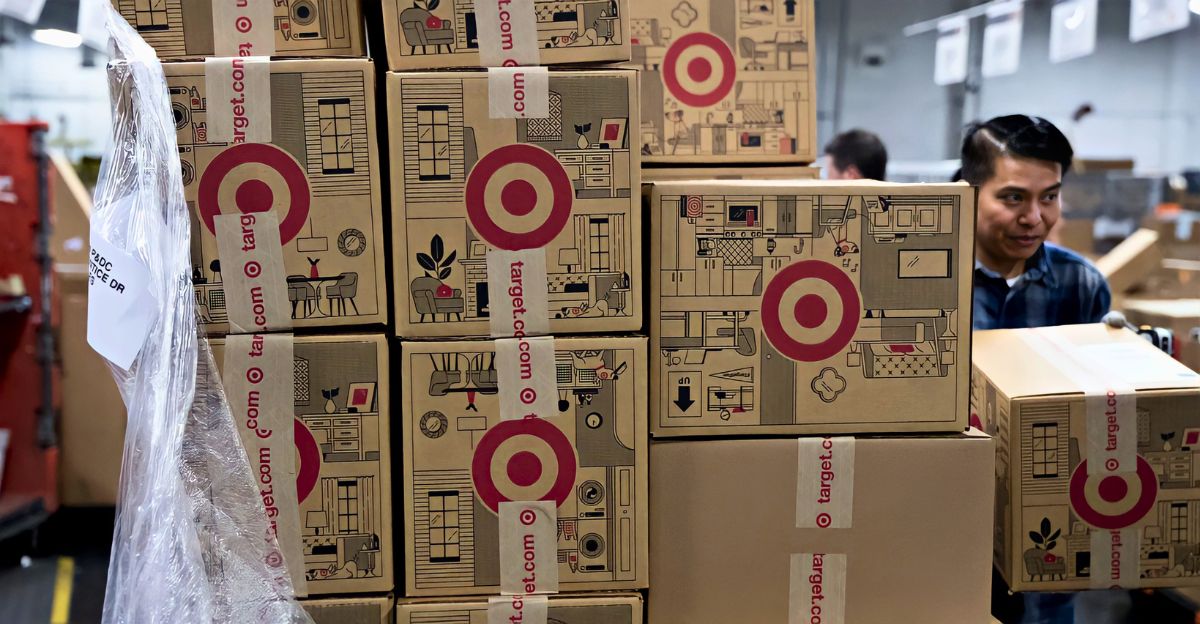
Target is making headlines with its new strategy: according to Bloomberg News, this retail giant is exploring factory-direct shipping, sending products straight from overseas factories to customers’ homes. This is about more than just matching prices with fast-fashion giants Temu and Shein; it’s about changing how people in the U.S. shop.
By getting rid of middlemen, Target plans to deliver cheaper prices, a wider selection, and trendier products. But the impact won’t be limited to shoppers alone. This move could potentially disrupt supply chains, pressure competitors, and even influence global trade patterns. The ripple effects of Target’s decision could reshape the retail landscape in ways that few saw coming.
Why It’s Happening
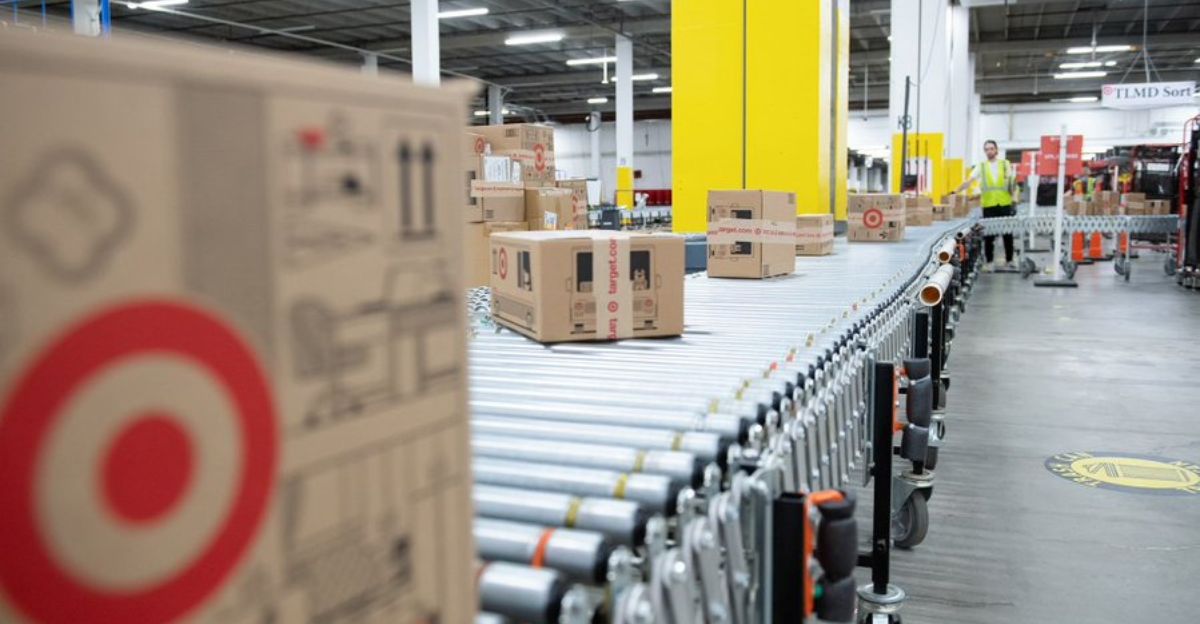
But why is this happening? According to Reuters, Target’s traditional retail model is feeling the heat from competitors like Temu and Shein, which draw customers in with their ultra-low prices and direct shipping. As Target’s sales slow down, the company now has to find new ways to stay competitive.
By trying a factory-direct model, Target can lower expenses, respond faster to new trends, and compete head-to-head with these online giants. This move is a clear response to changing consumer expectations and the evolving e-commerce battlefield.
The Shopper’s Experience

Soon, customers might notice lower prices and a larger selection of trendy products, particularly in clothing and home décor. But on the other hand, some items might have longer delivery times since they’ll be shipped straight from overseas suppliers.
This change means that customers will have to balance the benefits of savings and variety with possible delays, changing how they plan their purchases and what they expect from Target’s online shopping experience.
Retail Rivals Respond

This strategy puts pressure on big players like Walmart, Amazon, and other major retailers to either adapt or risk losing market share. Competitors might ramp up their own factory-direct efforts, setting the stage for a battle over price and delivery speed.
At the same time, many smaller retailers might struggle to keep up, and the entire industry could move toward more streamlined, cost-efficient supply chains, challenging traditional practices and reshaping the competitive landscape.
Supply Chain Shake-Up
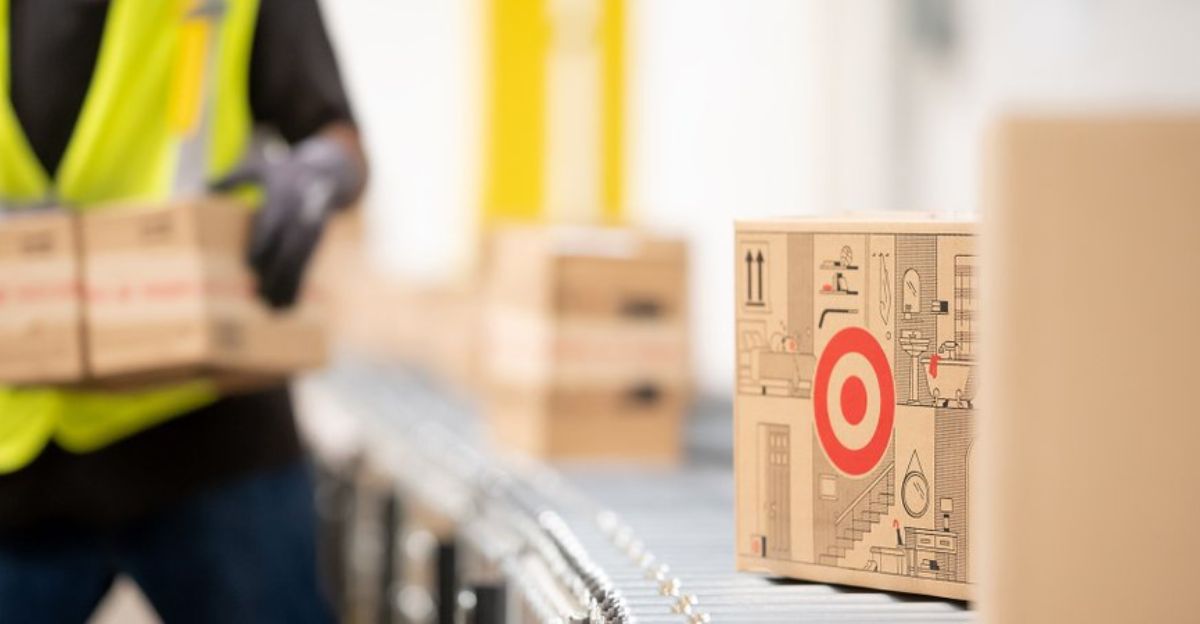
By sending products to customers straight from factories, Target will reduce its dependence on conventional U.S. warehouses and logistics companies. While this can lower costs for Target, it could also disrupt jobs and business models in the supply chain sector.
With fewer products passing through domestic distribution centers, logistics firms and warehouse employees will have to adapt, potentially accelerating automation and transforming the industry as a whole.
Global Trade Tensions

This strategy also leaves Target vulnerable to global trade risks, including tariffs and shifting regulations. With ongoing tensions between China and the U.S., new import restrictions or duties could increase costs or cause shipping delays.
Target will have to navigate a complex international landscape, where political moves can quickly affect prices and product availability. If trade disputes worsen, customers could face higher prices or shortages.
Manufacturers Get Smarter
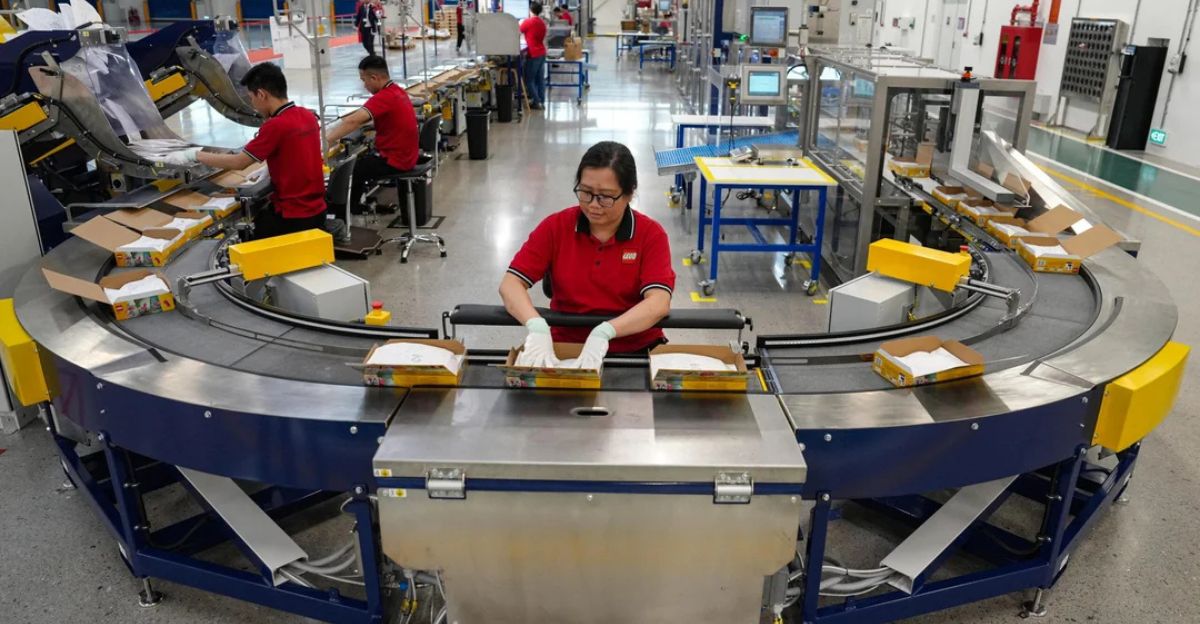
Many overseas manufacturers, especially in Asia, might have to improve their operations to meet the company’s standards for quality and delivery. This could lead to the wider use of AI for demand forecasting and stricter quality controls.
While agile, tech-savvy factories will flourish, those who cannot adapt will likely lose business. This transformation could accelerate innovation across global manufacturing, benefiting efficient suppliers and setting higher standards throughout the supply chain.
Policy and Political Scrutiny

Target’s factory-direct approach could attract the attention of lawmakers who are concerned about American jobs and fair trade. This could lead to calls for stricter rules on direct imports or new measures to support domestic workers.
As the debate over globalization and online retail intensifies, Target’s strategy could become a focal point in wider policy conversations, influencing future regulations and shaping the direction of U.S. retail policy.
What to Do Now

But what should you do now? Shoppers should be on the lookout for new “factory-direct” deals on Target’s website, but always check estimated delivery times before finalizing your purchase. If you prioritize fast shipping, then stick to items fulfilled from U.S. warehouses.
You can also compare product prices between Target, Temu, and Shein, and possibly save a bit of money. Being flexible with delivery expectations can help you take advantage of lower prices and greater variety.
Ambitious Strategy
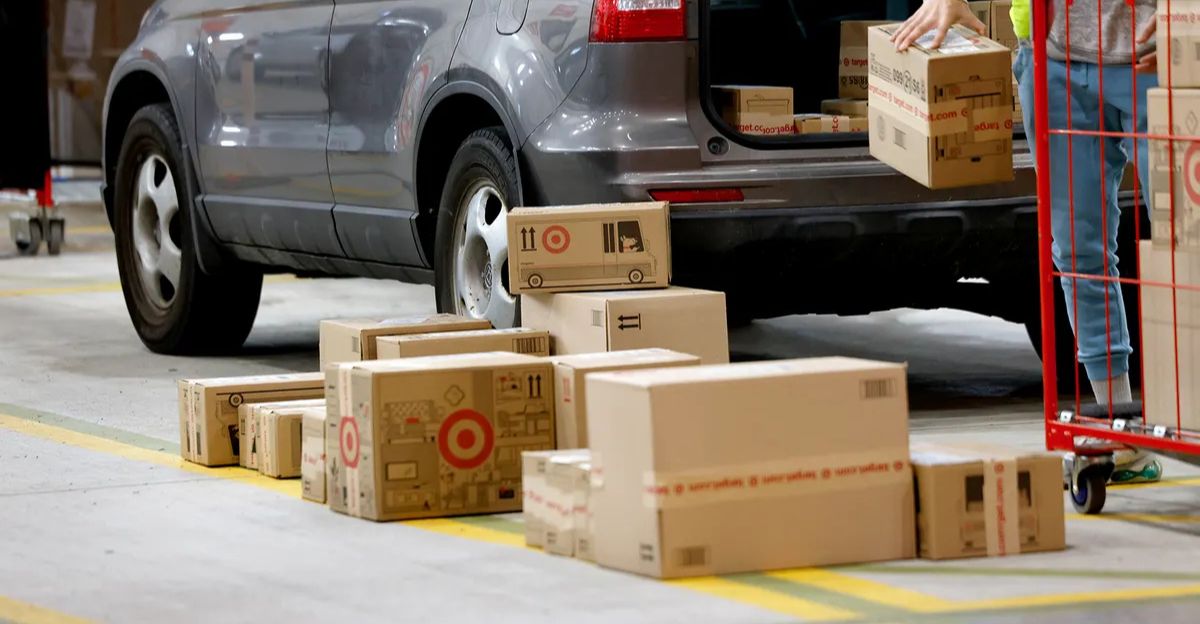
Target’s ambitious new strategy could reshape the way Americans shop and alter the global retail landscape. What starts with cheaper T-shirts could eventually impact your entire shopping routine, influencing prices, jobs, and even international trade.
As Target, Temu, and Shein compete, you can expect more choices and changes. This newest wave of retail disruption is here, and its effects will be felt by shoppers, supply chains, and policymakers alike.
